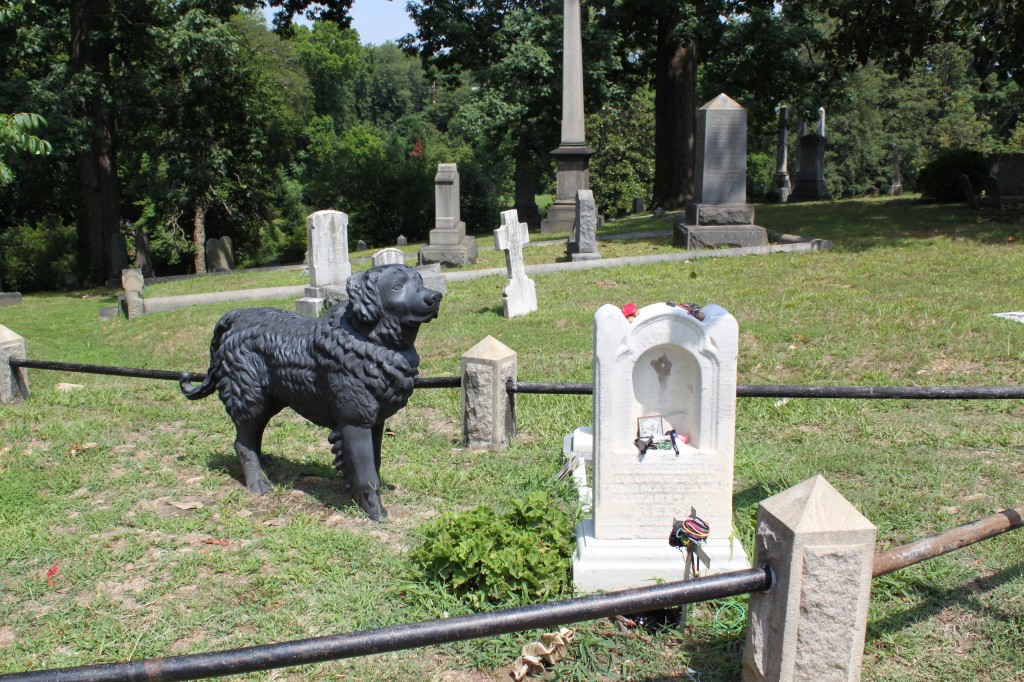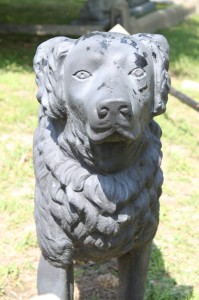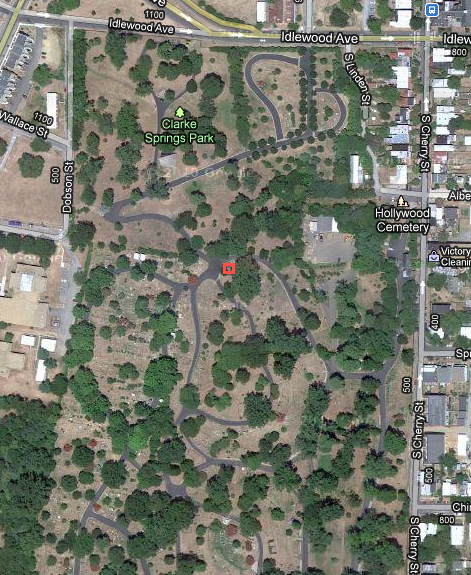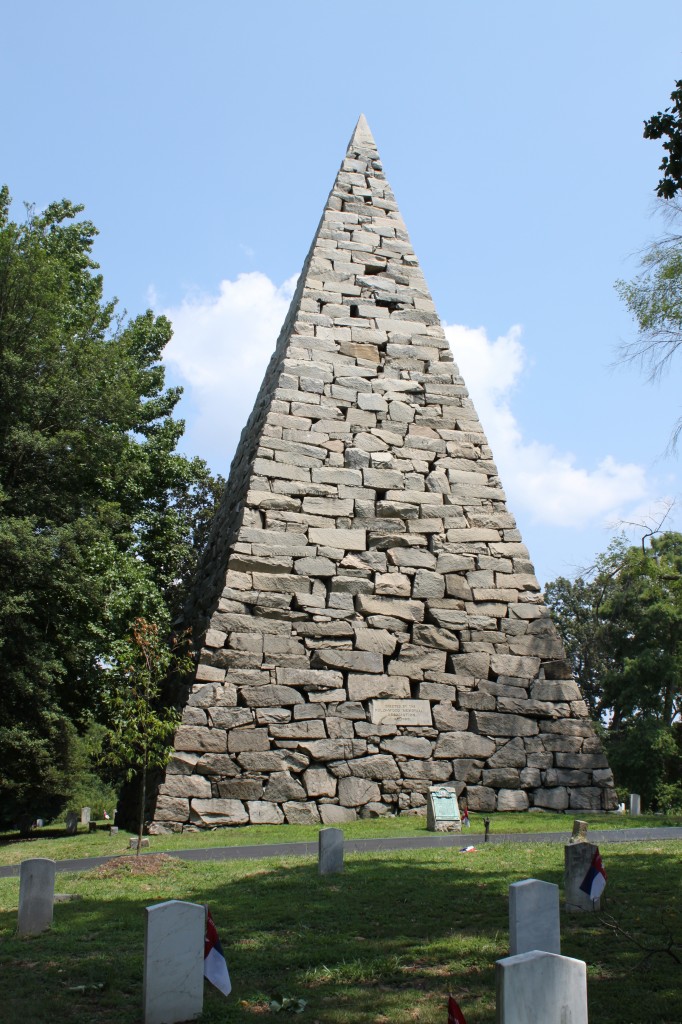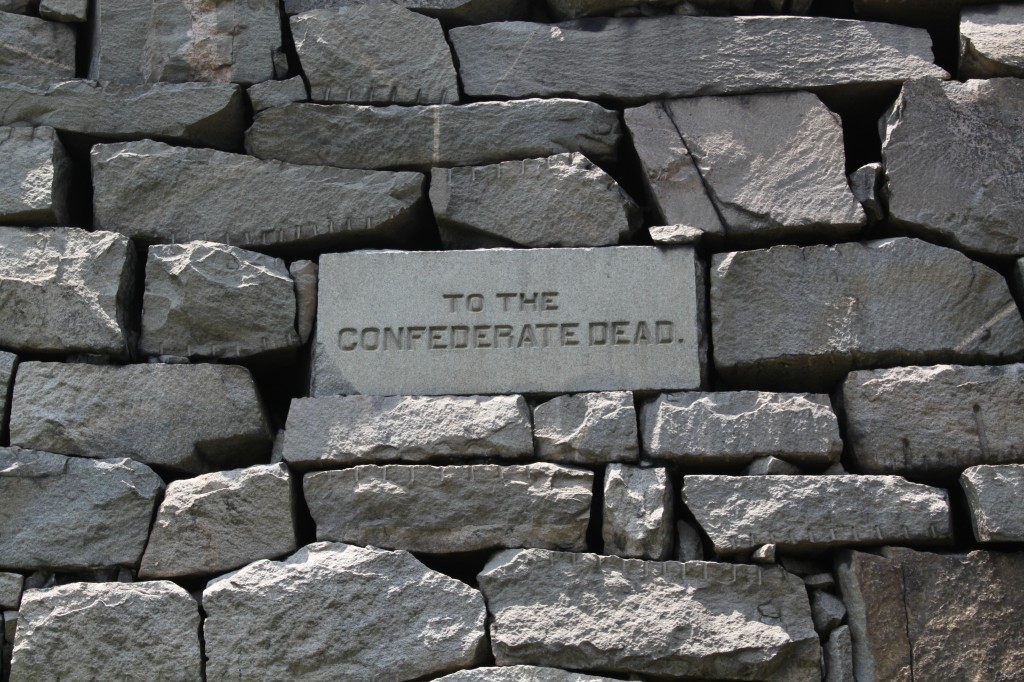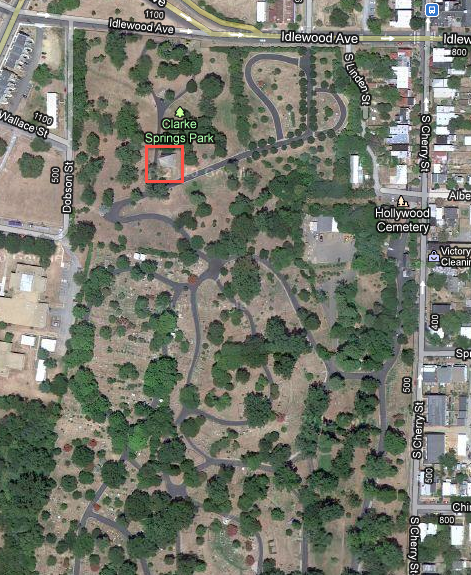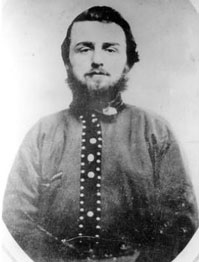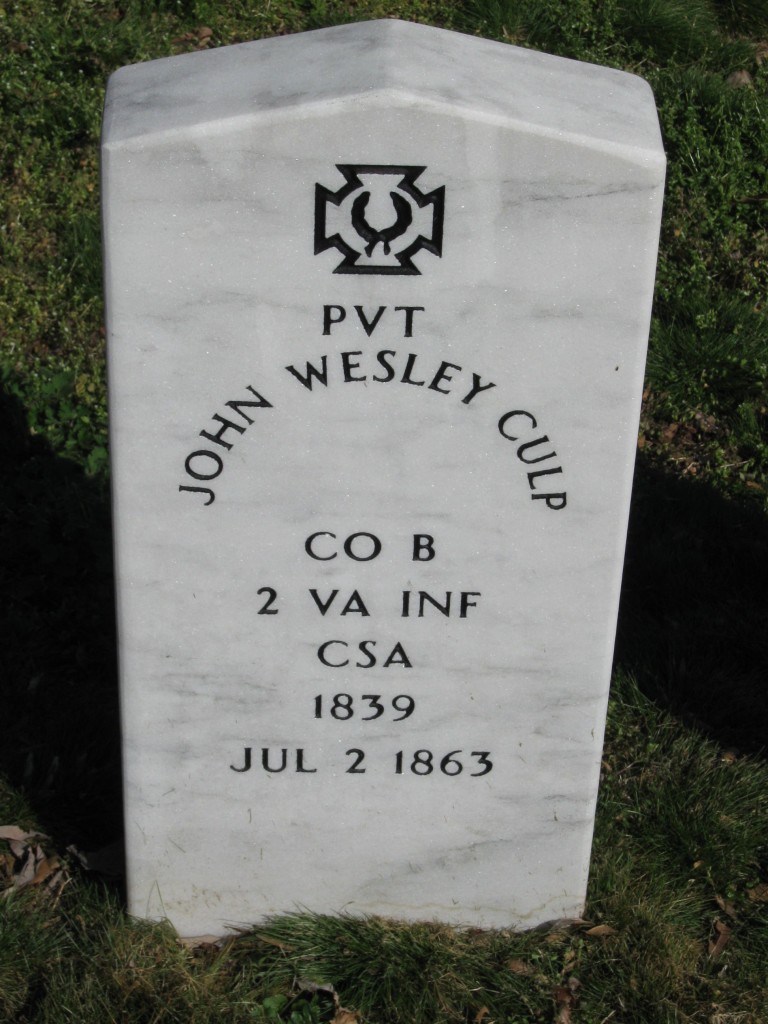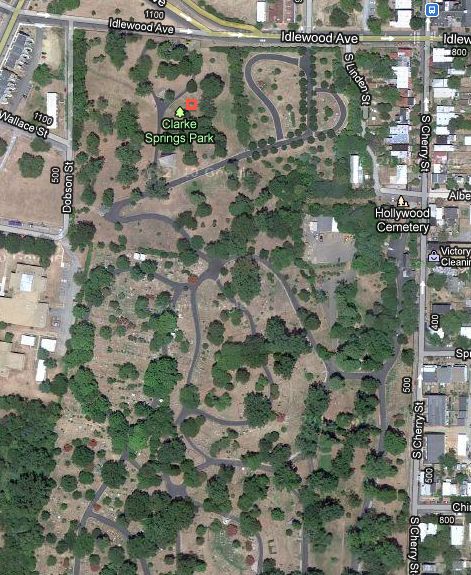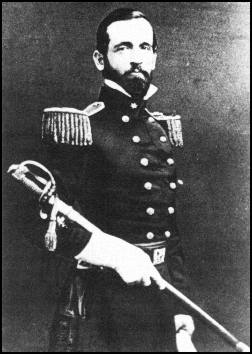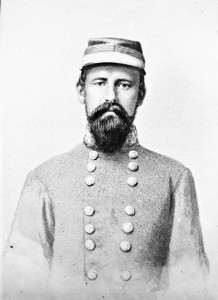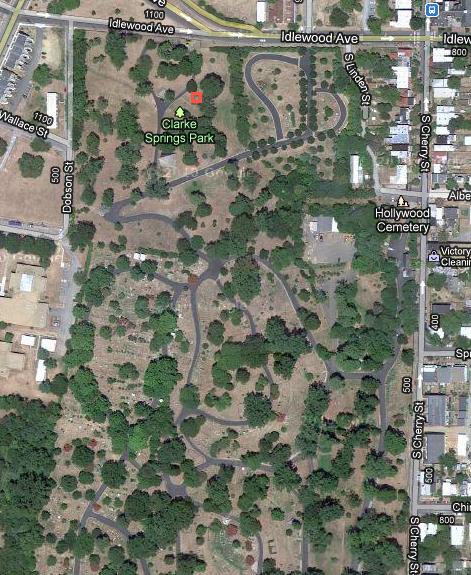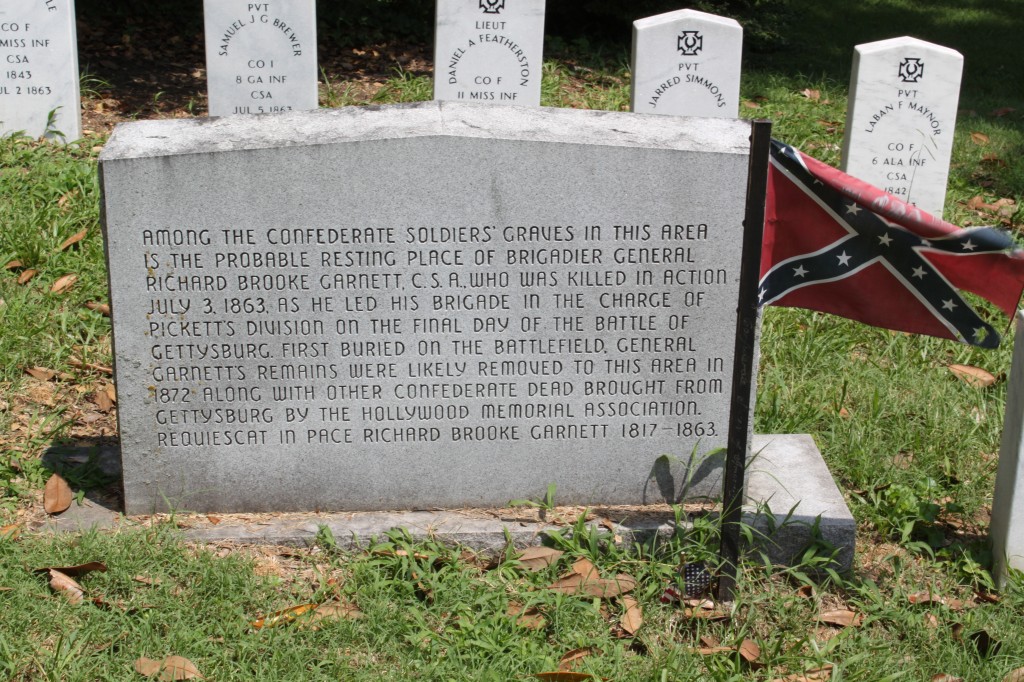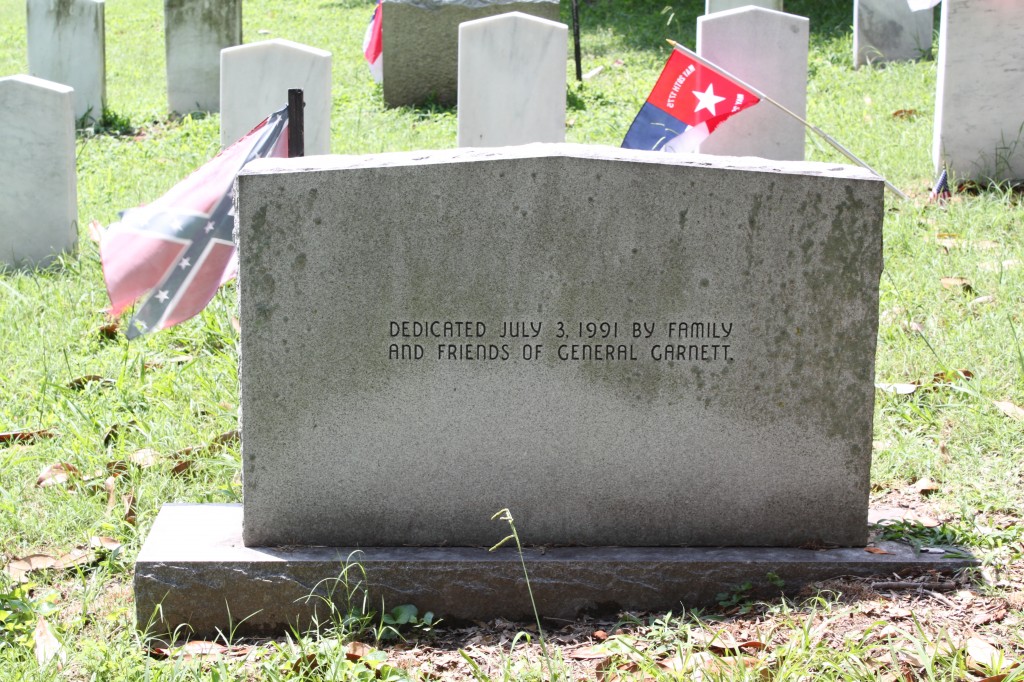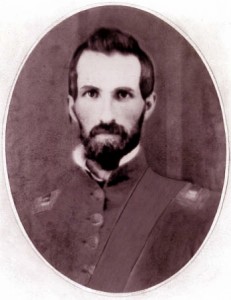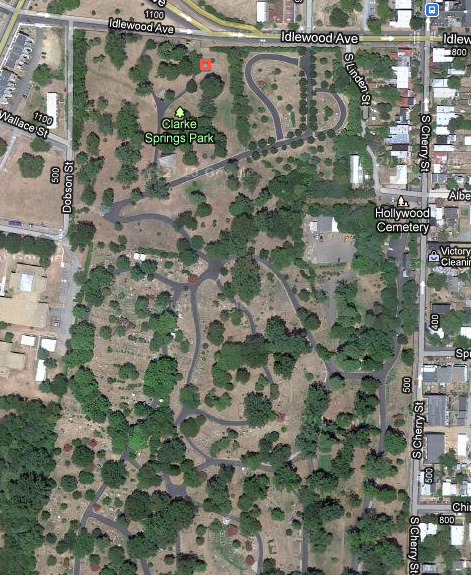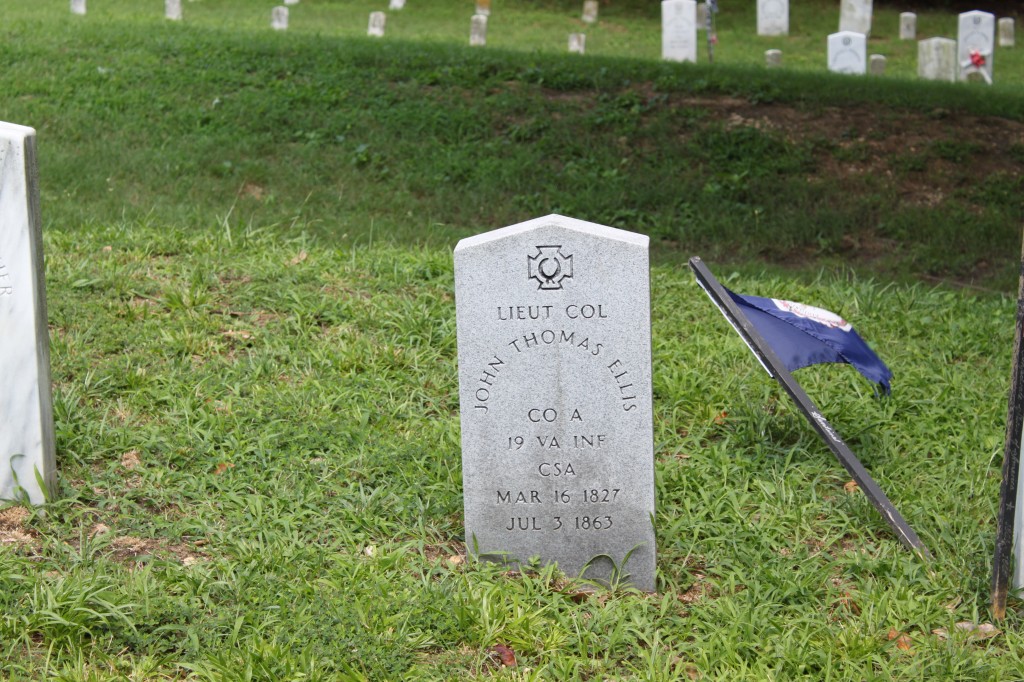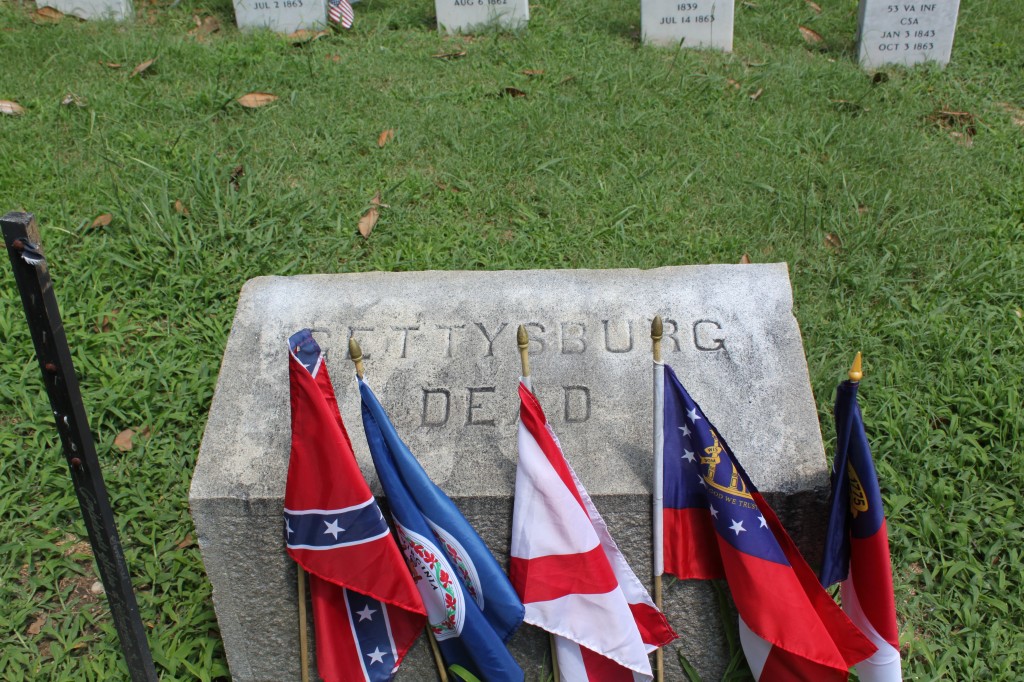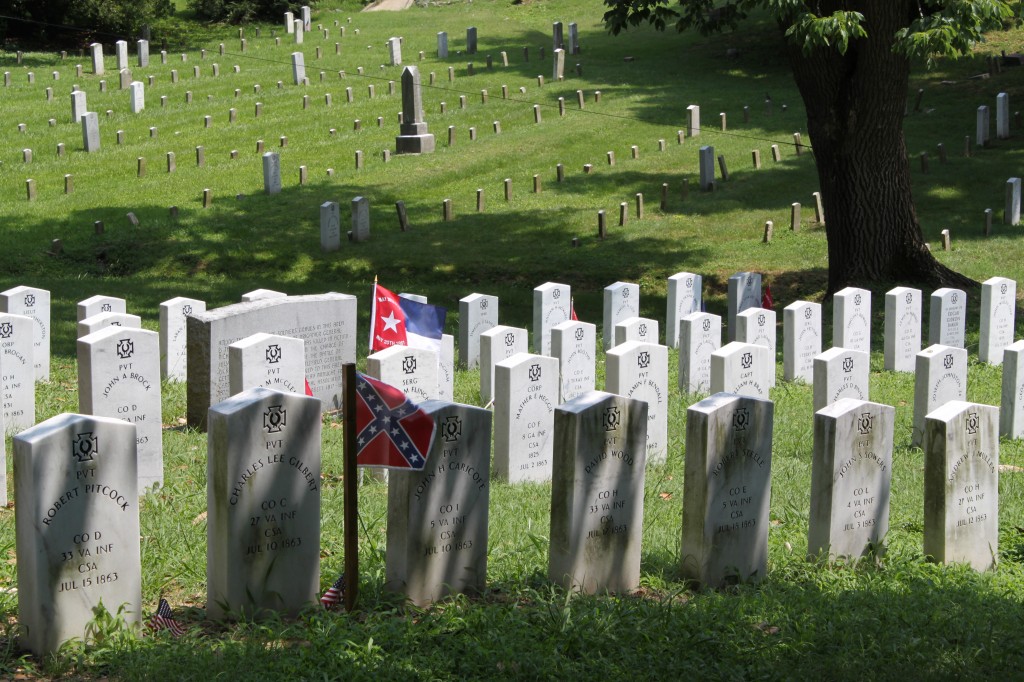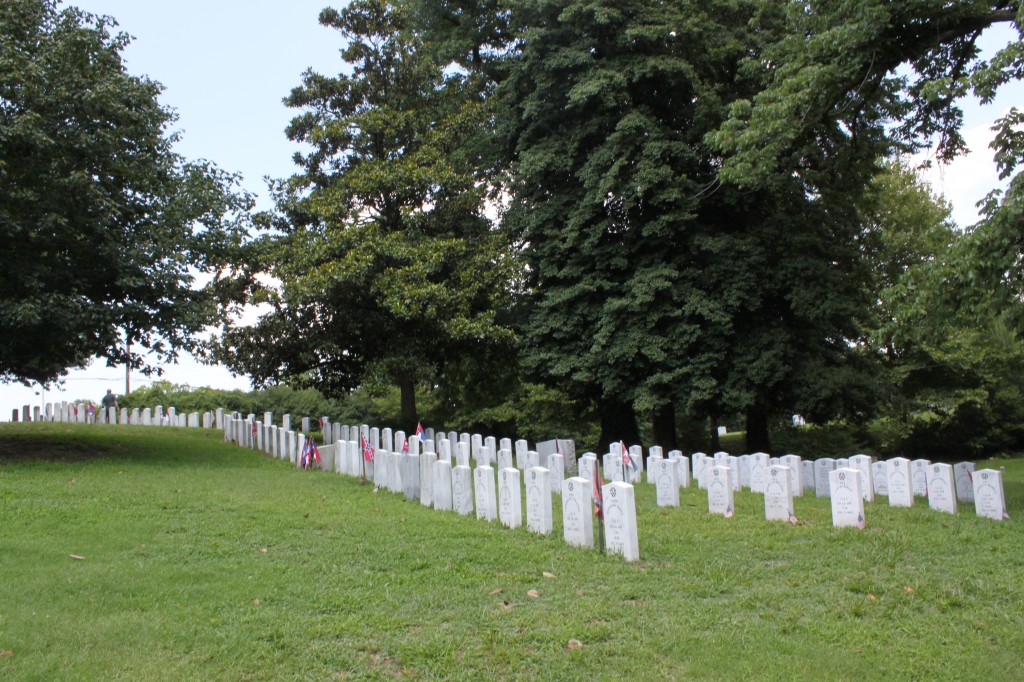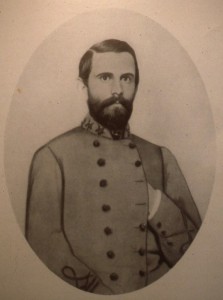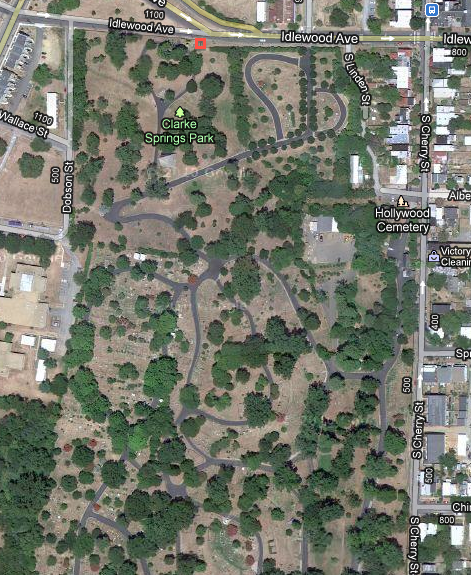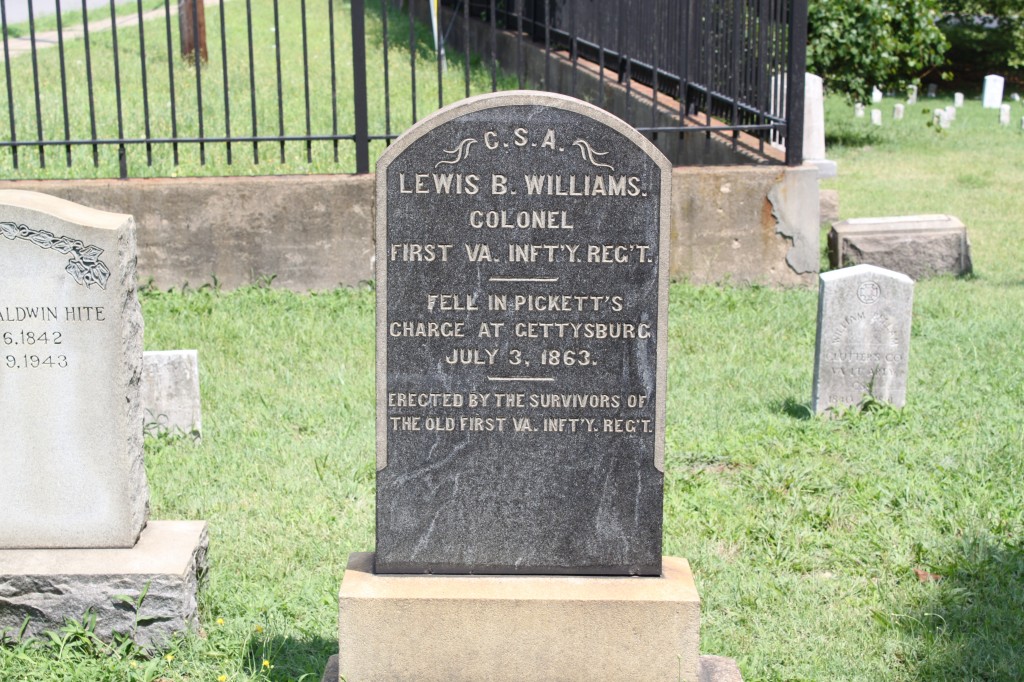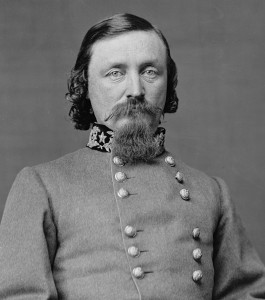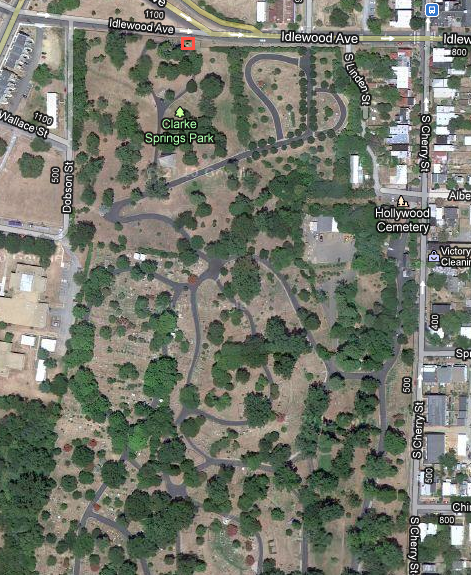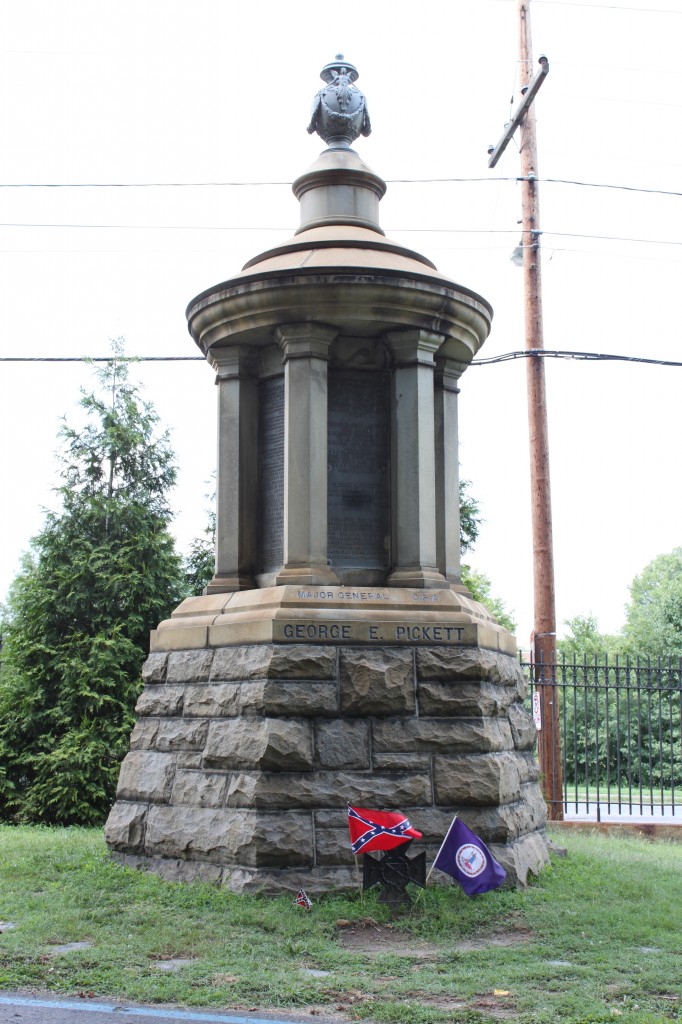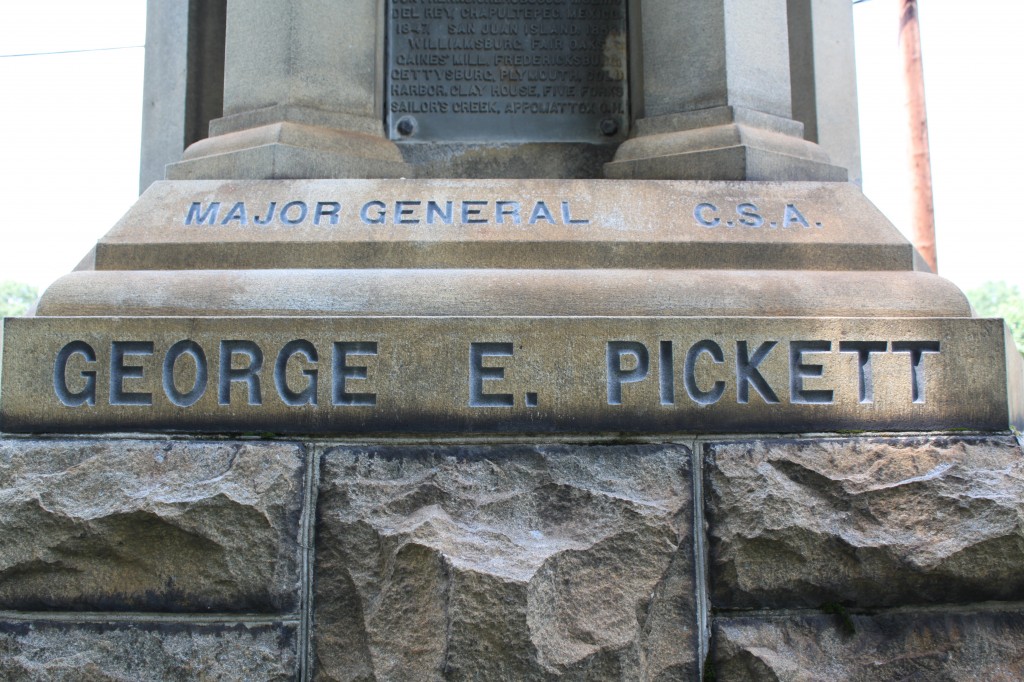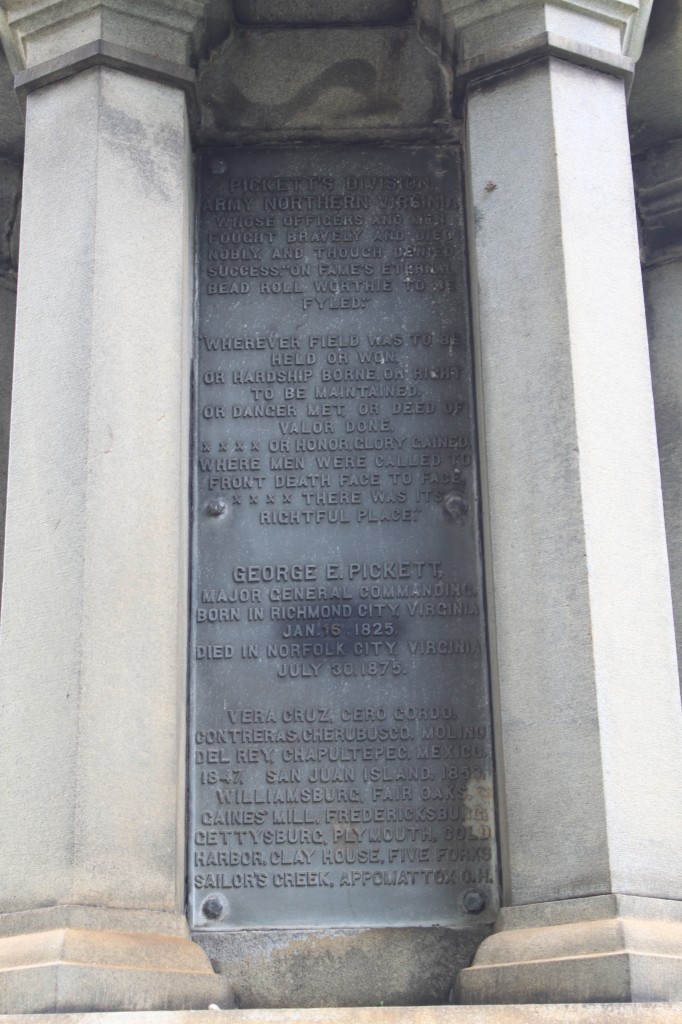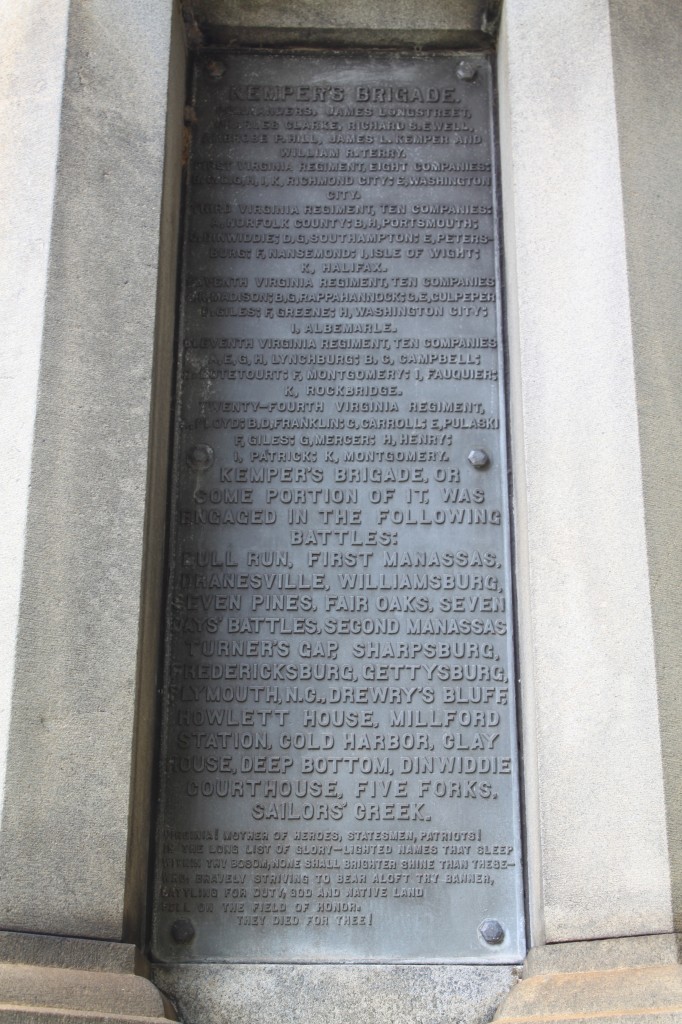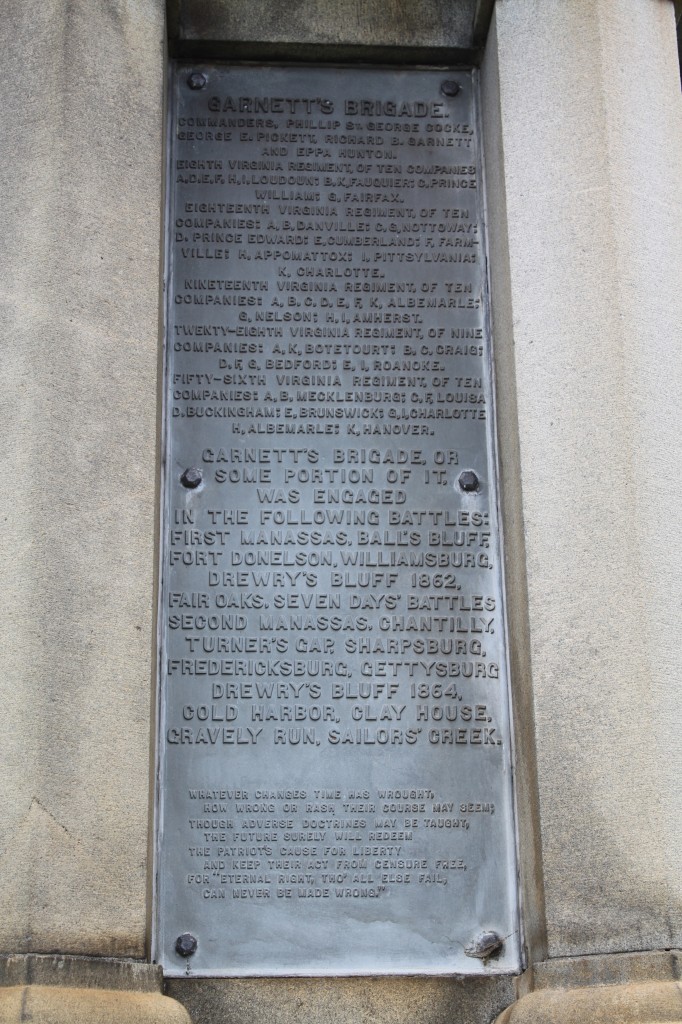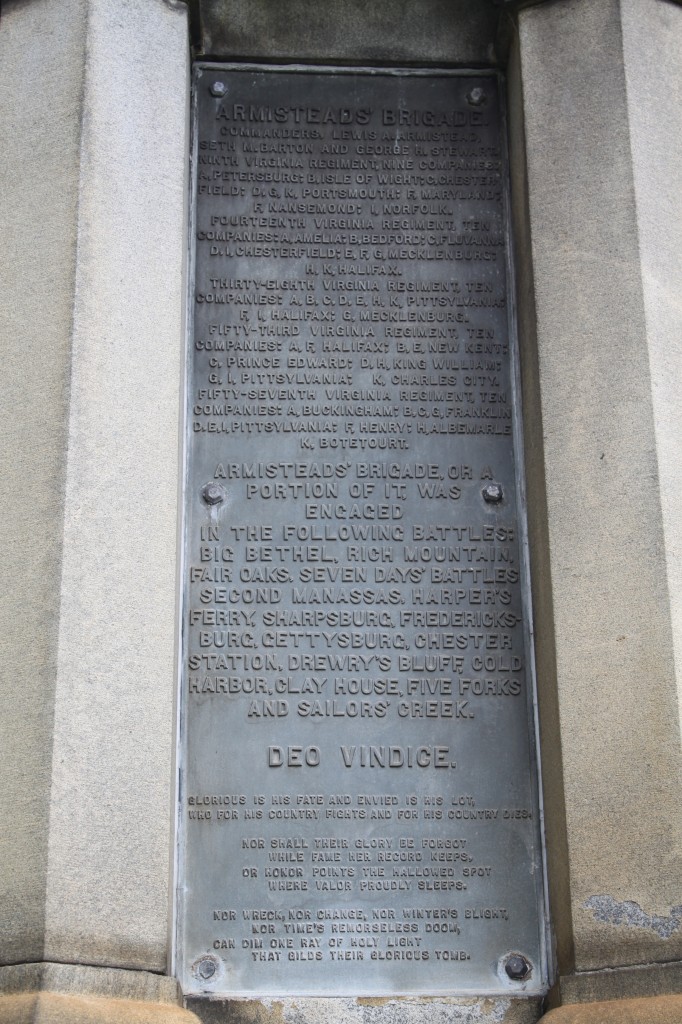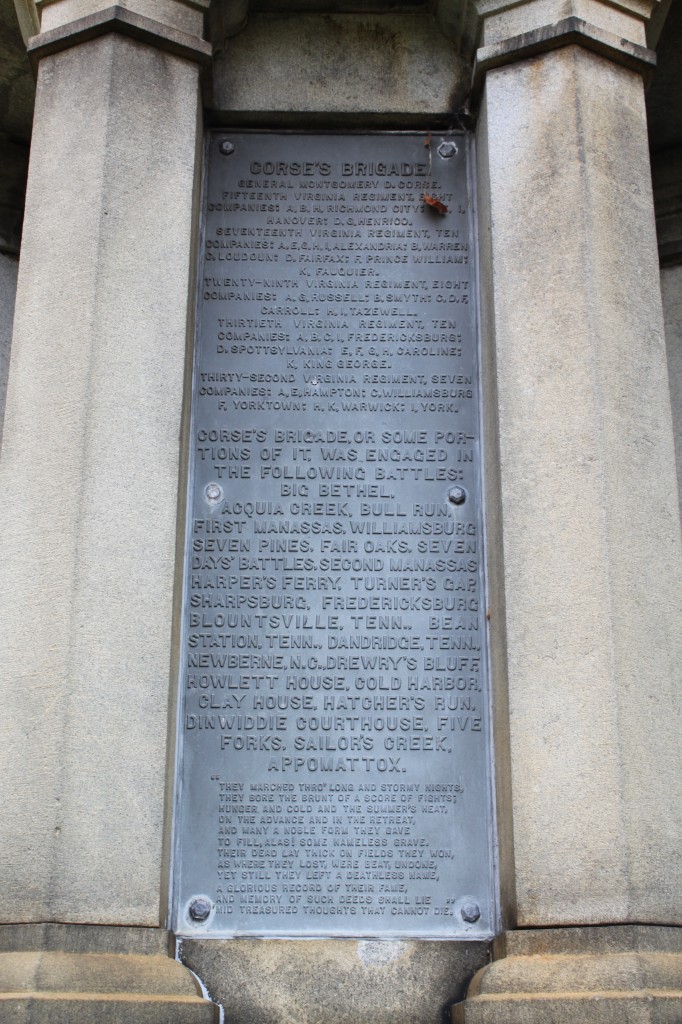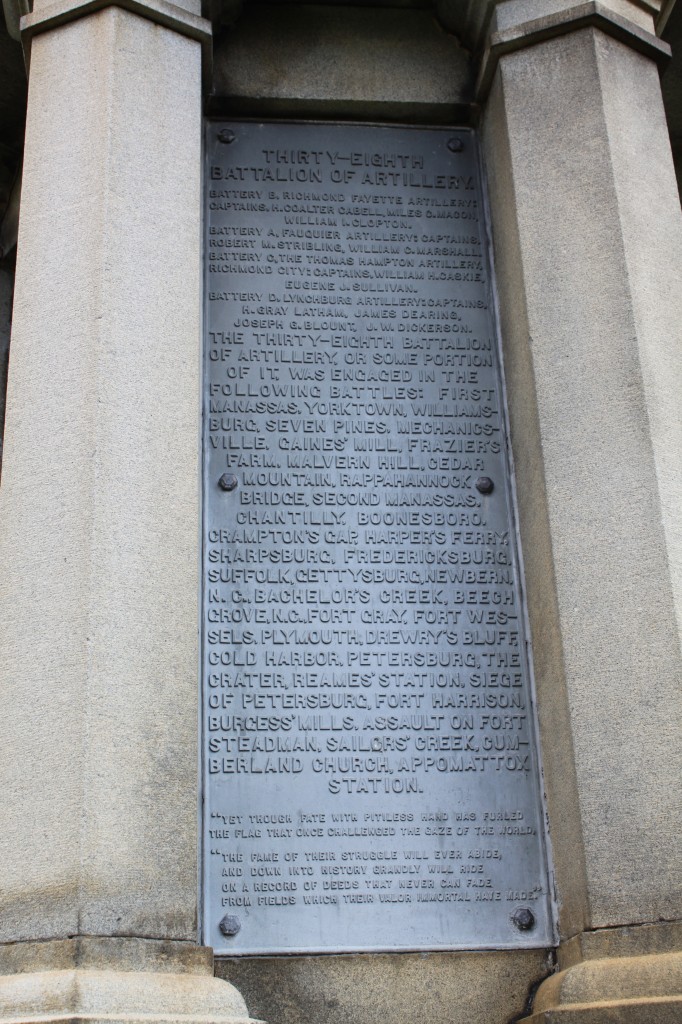Hollywood Cemetery – Presidents
This is a continuation of my series on famous burials in Hollywood Cemetery in Richmond, VA. Other posts in the series can be viewed here. The information was researched and produced in the summer of 2011 for The Gettysburg Daily.
The thing that initially attracted me to Hollywood Cemetery was the fact that two U.S. Presidents are buried there. Once I actually got on the grounds to look for their graves, I noticed a bunch of names that are familiar to a Civil War nerd and the idea for this series was born.
The first really notable burial in the cemetery was President James Monroe.
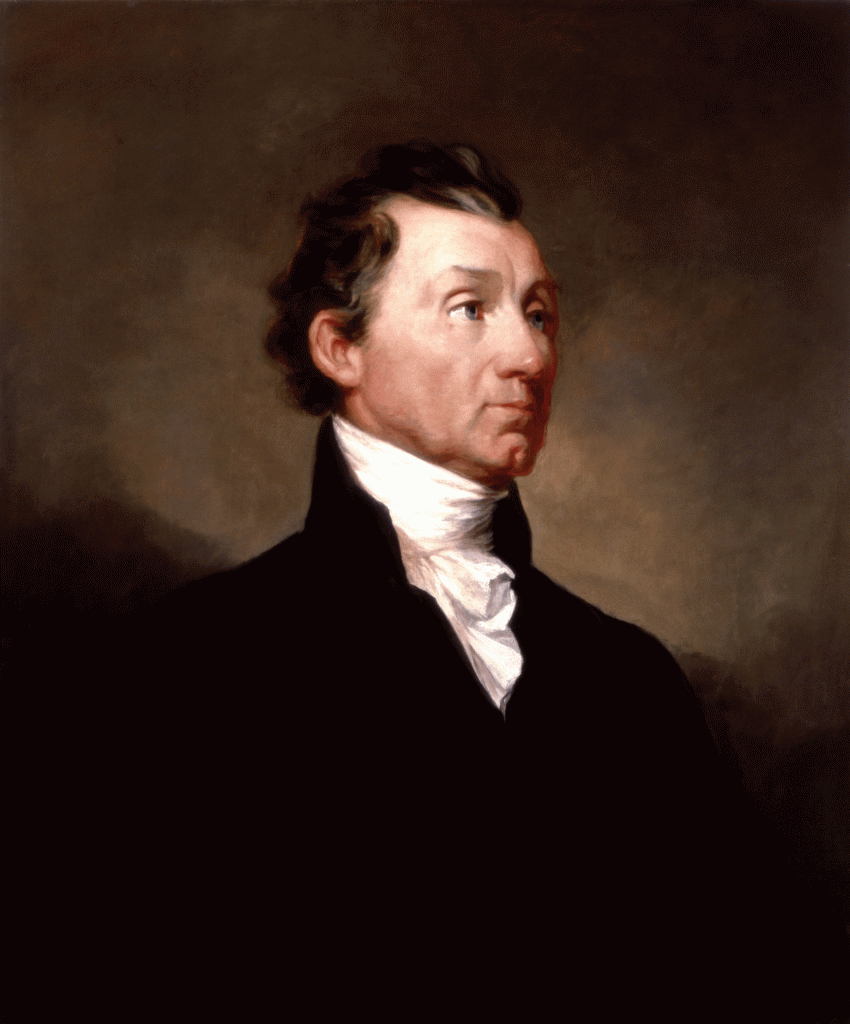
Originally buried in New York City (since he died there while living with his daughter) Monroe’s body was moved back to Virginia in 1858. Apparently the Virginia legislature could not tolerate the idea of one of their Presidents resting in a northern city.
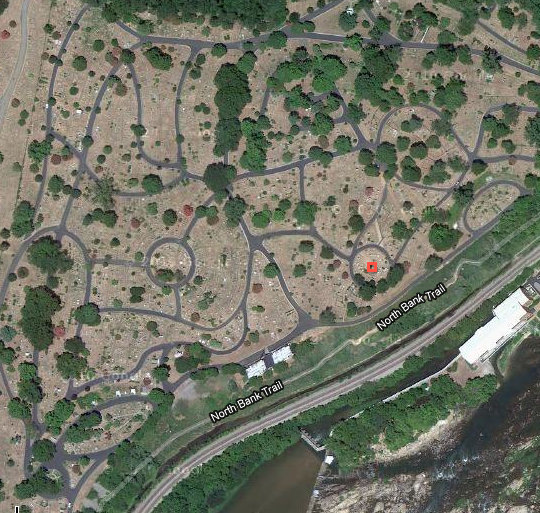
His tomb is incredibly ornate, and easily stands out within the cemetery.
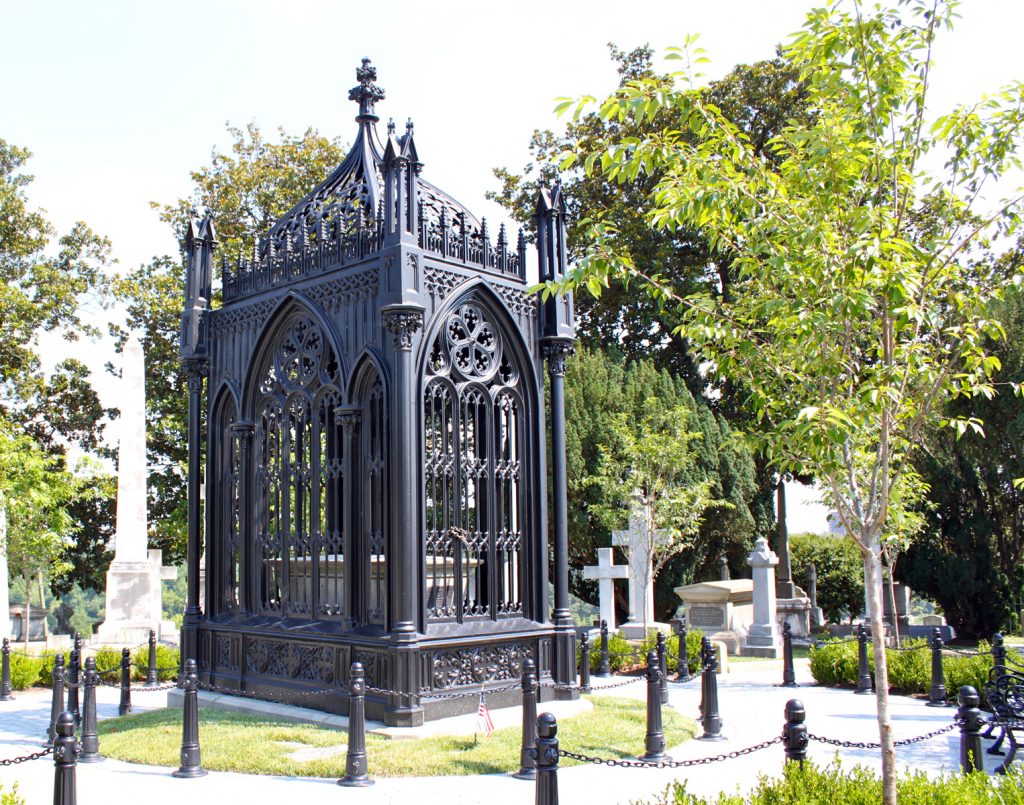
I talk a little bit about President Monroe’s life in this brief video:
The second U.S. President buried at Hollywood is a man who is not necessarily a household name, but a very interesting figure nonetheless: John Tyler.
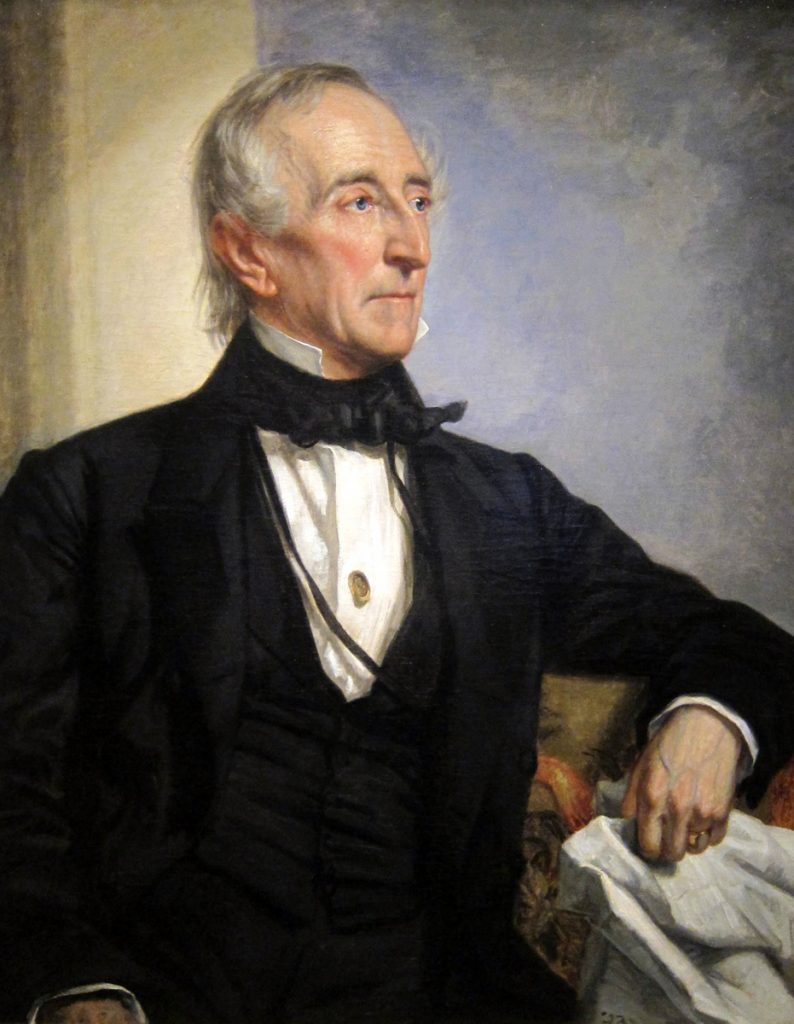
Tyler’s grave is found just a few yards from Monroe’s in the aptly-named “Presidents Circle” section of Hollywood Cemetery.
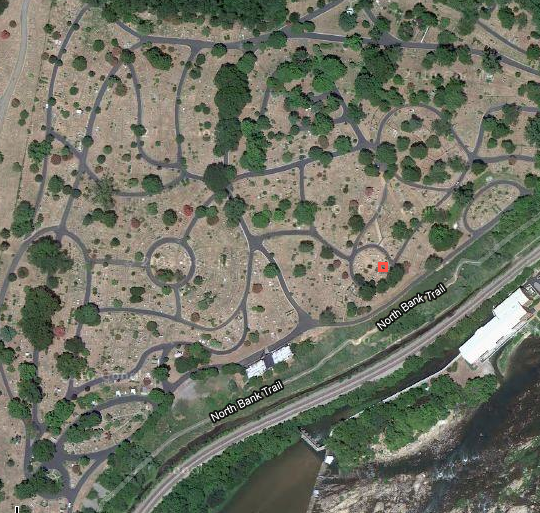
His monument is quite large, and features a bust on one side.
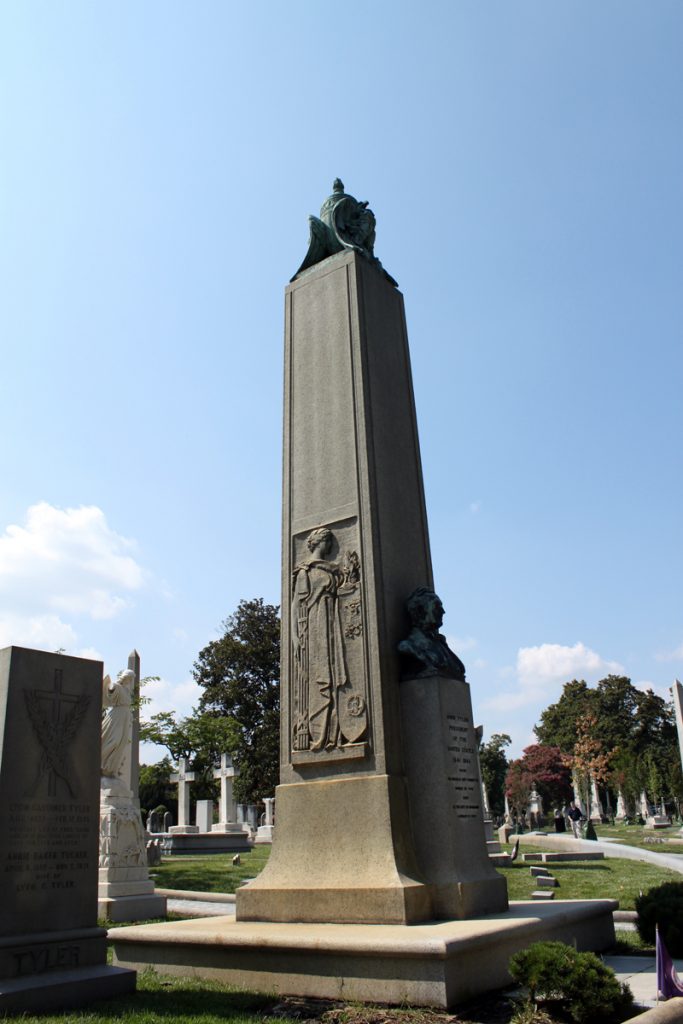
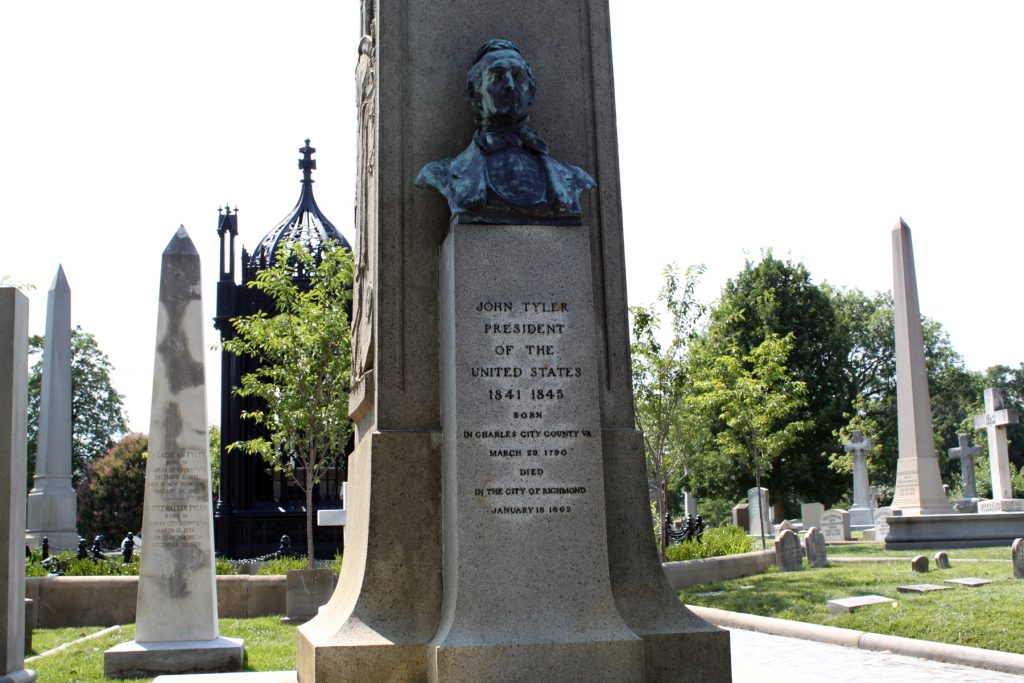
In this video I give a bit of information on Tyler, who was an exceptionally interesting 19th century political figure. When the Civil War broke out, he sided with the Confederacy – even going so far as to be elected to the Confederate Congress – but he died before he could assume that office. As a result of his rebel status, he remains the only U.S. President to not be officially mourned following his death.
Speaking of Confederates, there is one more President buried in Hollywood Cemetery: Jefferson Davis, the only President of the Confederate States of America.
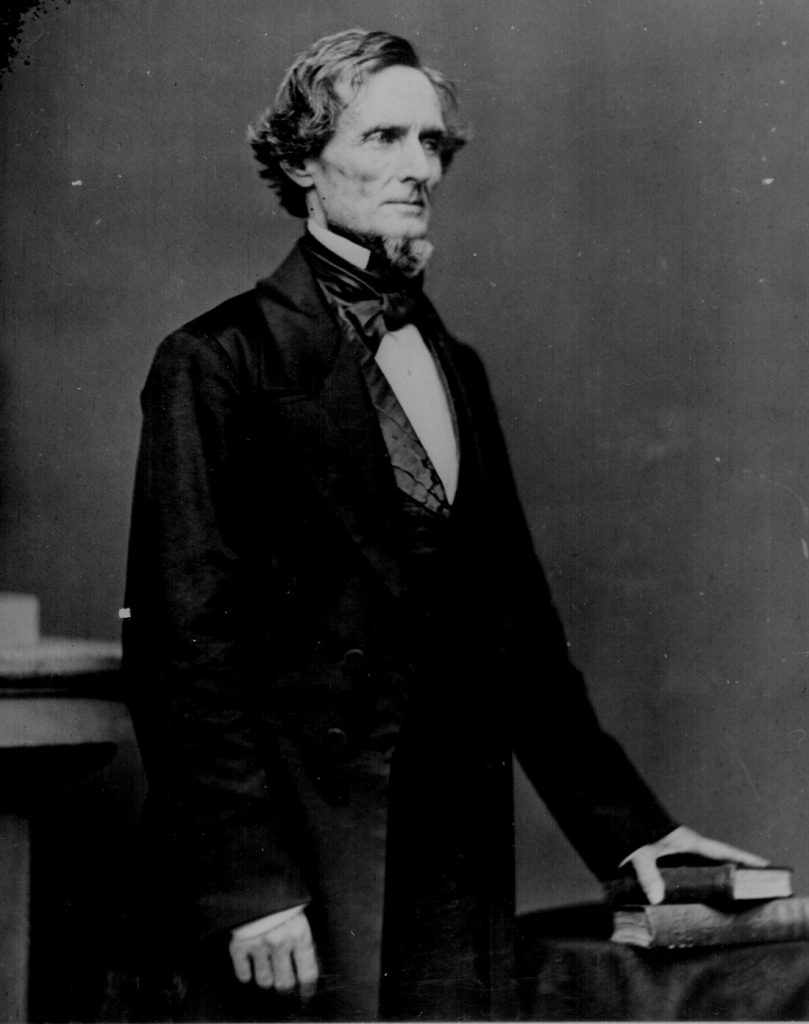
He is buried in the far southwestern corner of the cemetery, near several other notable Confederate political figures.
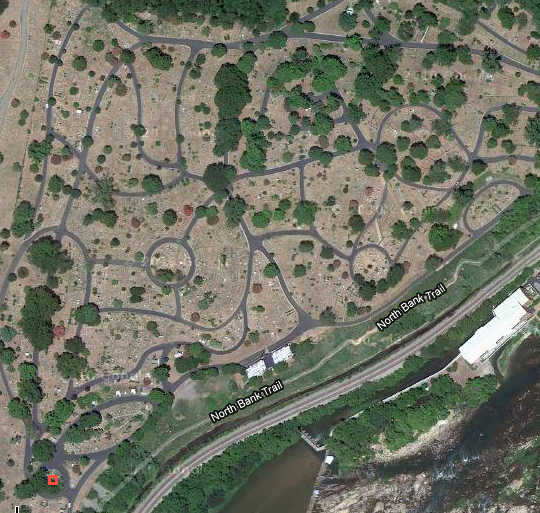
The monument that rests at his burial site includes a statue of Davis, as well as a few plaques with biographical information.
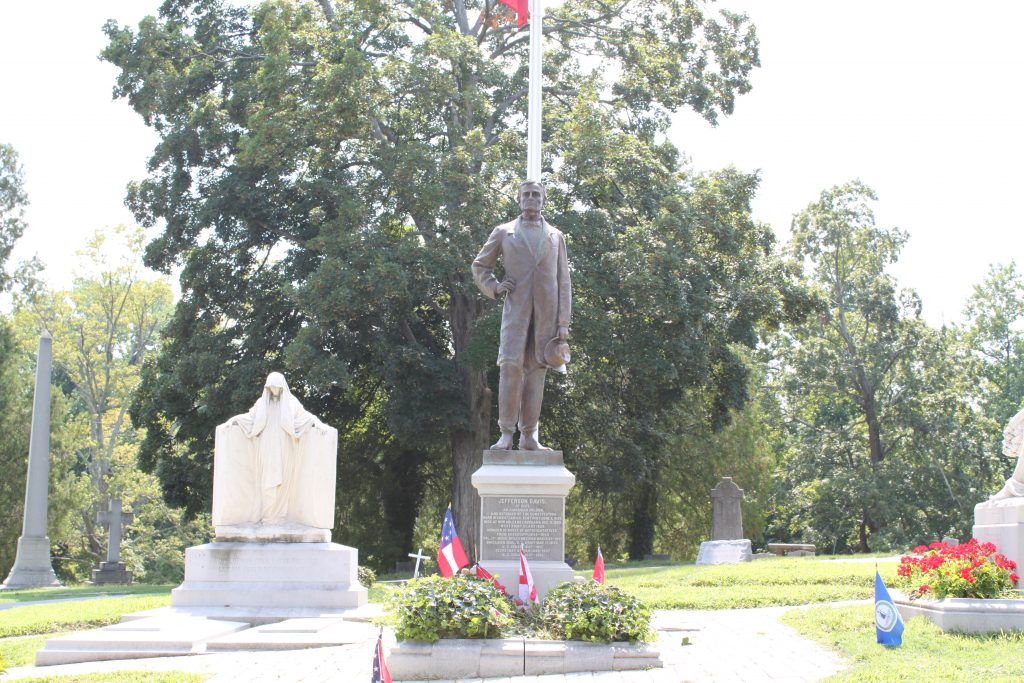
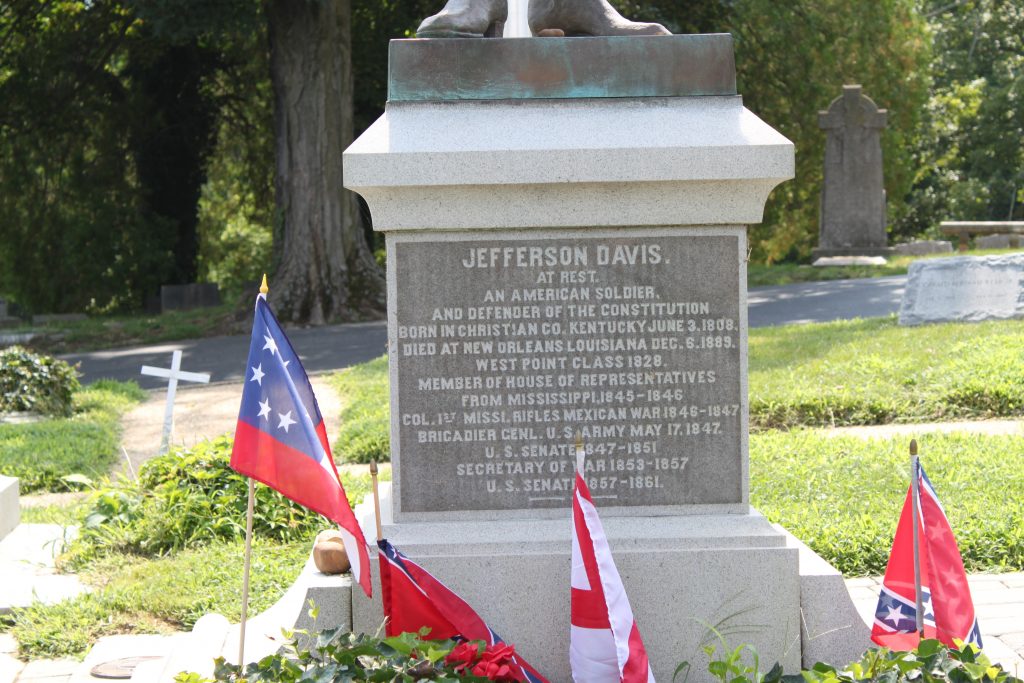
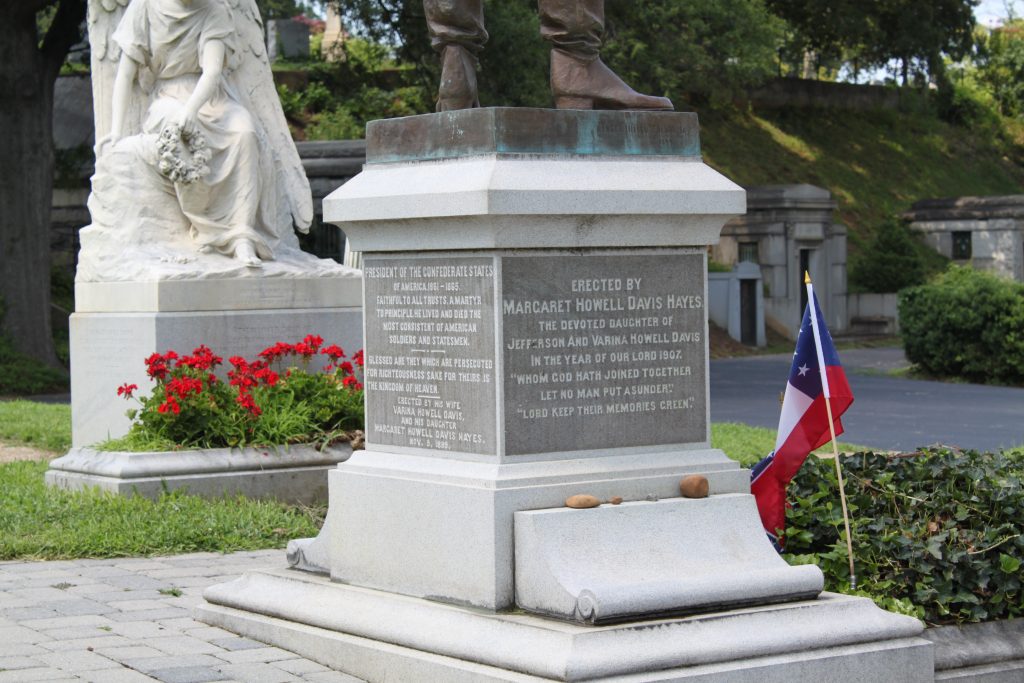
I provide some more information about Davis in this brief video.
All videos in this post were shot by George Skillman.
